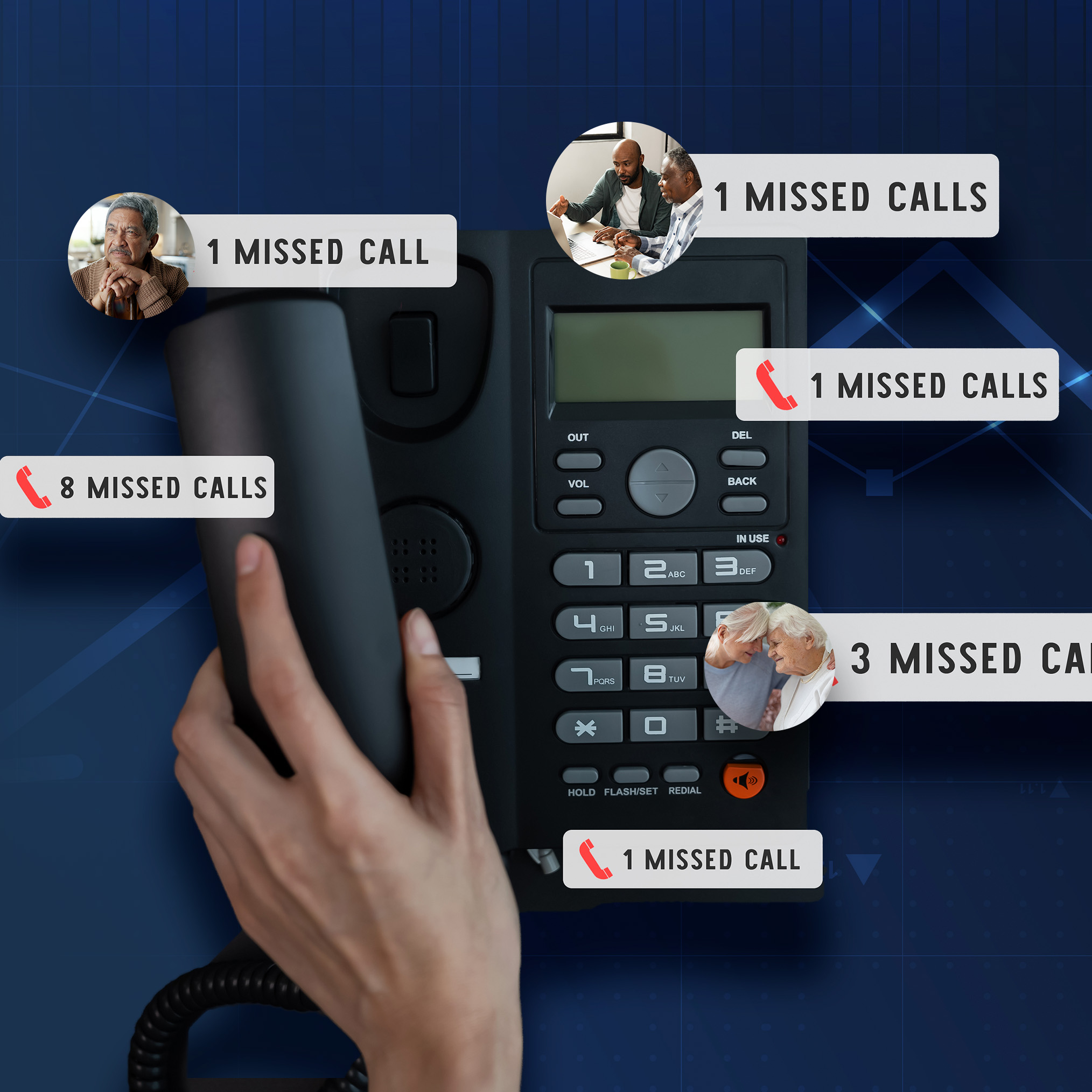As the consumer landscape rapidly evolves, so must the strategies you use to engage prospects. For years, the traditional role of the salesperson has been driven by quotas and incentives, pushing them toward a high-pressure sales approach. However, today’s consumers have grown accustomed to doing much of their research independently. As a result, this old-fashioned sales approach is no longer effective and may even drive potential residents away.
In this article we’ll explore why your sales teams should not be responsible for nurturing leads and what alternative strategies are often far more successful.
The Problem With Sales-Driven Nurturing
Sales teams in most senior living communities are typically held to sales quotas, with bonuses or income incentives based on the number of move-ins they secure. This structure often leads to a sales approach that can feel intrusive, tone-deaf, and pressure-filled for prospects. These days, this type of engagement is not aligned with the expectations of the modern consumer.
Seniors, along with their families, prefer to take their time researching senior living options. They often turn to online resources, referrals, and other digital tools before they are ready to engage with a salesperson. By the time they do reach out, they are well-informed and likely only have a few specific questions left unanswered.
When sales teams attempt to aggressively nurture leads, the result can be counterproductive. Prospects are more likely to walk away if they feel pressured or overwhelmed by the sales process. According to research, 87% of buyers want to self-direct their buying journey, and this trend applies even in industries like senior living. Therefore, it’s important to adjust how and when your sales teams engage with prospects.
The Power of Email Nurturing Streams
Rather than relying on sales teams to guide every step of the prospect’s journey, consider leveraging email nurturing streams. This approach allows prospects to engage with informative content on their own terms, without feeling the pressure of constant follow-up calls.
A well-designed email nurturing campaign provides the information prospects need when they’re ready for it. For example, a series of emails can highlight different aspects of your community, like amenities, resident testimonials, and care options. The key is to create content that is useful and shareable. Prospects can forward these emails to family members or decision-makers involved in the search.
Since the average time between initial inquiry and move-in for non-crisis situations (Planning Focused prospects) is three to six months, an ideal email stream should be designed to last for at least three months. Weekly emails can cover various relevant topics, allowing prospects to move through the decision-making process at their own pace.
Shift From Sales Reps to Care Representatives
Another effective strategy for modernizing your lead nurturing process is to shift the focus from traditional Sales Representatives to Care Representatives. Rather than being driven by move-in incentives, Care Representatives are more focused on understanding the prospect’s individual needs and helping them find the best possible solution, even if it means recommending another community that offers a higher level of care.
This shift in role prioritizes the care needs of the prospect over the pressure to fill units, which creates a more authentic and compassionate interaction. Prospects appreciate an approach that feels less sales-driven and more aligned with their best interests. Building trust in this way can result in long-term benefits, as your community will be seen as a reliable resource, even if a prospect doesn’t convert right away.
Care Representatives should be equipped with a deep understanding of your services, as well as those of other local communities. Developing alliances with neighboring communities that offer complementary levels of care can help your team refer prospects who need different services. This approach ensures that every prospect gets the care they need, which reflects positively on your community’s reputation.
In today’s market, the traditional role of the salesperson is shifting. Rather than relying on sales teams to nurture leads through high-pressure tactics, senior living communities should adopt a more care-driven approach and implement email nurturing campaigns to provide prospects with the information they need at their own pace.
By evolving from a sales-first mindset to a care-focused approach, you can better meet the needs of today’s seniors and their families. This approach builds trust, reduces friction in the decision-making process, and ultimately leads to better occupancy rates and long-term satisfaction. If you’d like to explore these strategies further or need help implementing them, SSDM would be happy to assist.









